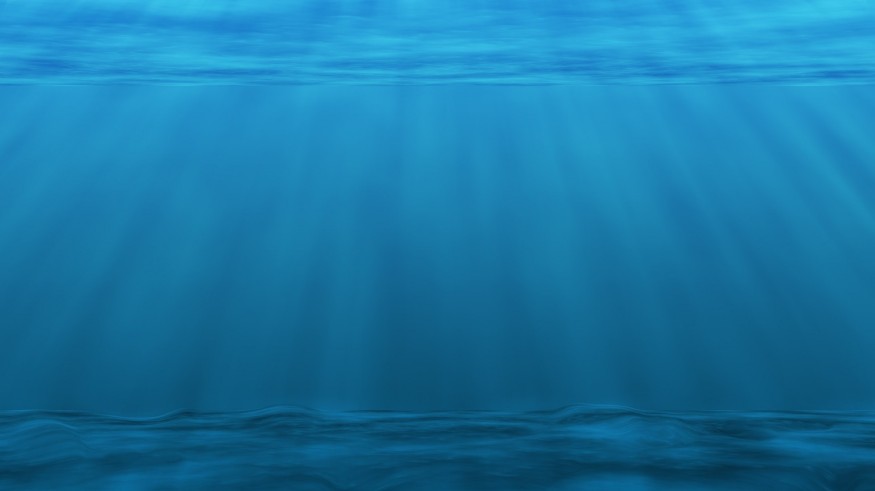
Researchers discovered thousands of mysterious holes in the seafloor during a recent survey of the deep seabed off Big Sur.
In a paper presented during the AGU Fall Meeting this year, experts want to know how these pits formed because the region is a proposed wind-energy farm site.
Researchers Charles Paull and Eve Lundsten discovered two different hole measurements. The larger ones, known as pockmarks, measured 175 meters (almost 600 feet) across and five meters (16 feet) deep, and are nearly round and relatively evenly spaced.
Some of these pockmarks were initially discovered by the scientists from Monterey Bay Aquarium Research Insitute in 1999 during a seafloor survey through ship-mounted sonar.
Further surveys by MBARI and other organizations over the last few years revealed more than 5,200 pockmarks spread out over 1,300 square kilometers (500 square miles), making this area the largest known pockmark field in North America.
MBARI recently conducted more comprehensive seafloor surveys using sonar mounted on autonomous underwater channels. Their studies showed thousands of smaller pits, which they dubbed as micro-depressions. The micro-depressions average size was just 11 meters (36 feet) across and one meter (three feet) deep. The smaller pockmarks have steeper sides than others and are usually elongated in one direction.
Seafloor pockmarks have been located elsewhere around the world, and was associated with methane gas and other fluid releases from the seafloor. Such discharges, particularly from the methane, could potentially cause the seabed to be unstable, which could pose risks for structures such as offshore oil platforms or wind turbines.
However, the researchers saw no evidence of methane in the sediment or seawater in the region. Sonar data revealing the layers of seafloor sediments imply that these pockmarks have been inactive for the last 50,000 years.
The micro-depressions, in contrast to pockmarks, were formed in relatively young sediment. Almost all of the micro-depressions also contain other things such as fishing gears, kelp holdfasts, bones, trash, and rocks.
"The [items that were seen in] micro-depressions [were deemed] to have been rafted out in kelp holdfasts or dropped from the side of the boats," the researchers write in their abstract.
These observations suggest that marine trash is "partly responsible" for approximately 4,500 of the 15,000 MDs and provide some clues as to how the micro-depressions are created.
Most micro-depressions also possess "tails" of sediment that seemingly originated within the depression. These tails, in many areas, are all oriented in the same direction.
The researchers, based on these observations, hypothesize that the micro-depressions have relatively new features that were were excavated by local seafloor currents. Because the sediments on the seafloor in this area are "extremely soft and fluffy," the researchers assumed that even the movements of fish hiding out in the micro-depressions could move the sediment, allowing it to be carried away by currents.
According to Lundsten, the pockmarks and micro-depressions in the region are both holes in the seafloor that transpire in softer sediments, but they are both morphologically distinct. The cause and persistence of pockmarks remain a mystery.
The researchers also found no evidence of sub-seafloor gas activity.
"A lot more work needs to be [made] to [comprehend] how all these features were formed, and this work is in progress," MBARI marine scientist Eve Lundsten said.
© 2025 NatureWorldNews.com All rights reserved. Do not reproduce without permission.





